The Greeks believed that diamonds were tears of the gods and that the fire in diamonds reflects the constant flame of love. The Romans believed they were splinters of fallen stars and that they brought courage and bravery during battle. Symbolically, the word diamond came from the Greek word αδάμας (adámas) which means proper, unalterable, unbreakable, or untamed – just like romantic love. Today, diamonds are used to symbolize eternity and love and are often seen adorning engagement rings.
Here at CaratX, we offer a premium service second to none; around the globe. When selecting a diamond for your jewelry, it is important to familiarize yourself with the 4Cs of diamonds as these factors impact a diamond’s quality and price.
The aforementioned 4Cs of diamonds are Cut, Color, Carat, Clarity.
- Cut is the most important of the 4Cs because it has the greatest influence on a diamond’s sparkle.
- Color is the second important of the 4Cs because it refers to a diamond’s lack of colour. The more colorless a diamond is, the higher the grade
- Carat refers to the diamond’s total weight and not its size.
- Clarity is often the least important of the 4Cs because the tiny imperfections in a diamond are often microscopic.
Diamonds come in various shapes: round, oval, square, rectangle, pear, marquise, triangle, baguette, kite, trapeze, heart, hexagon, octagon, or barrel. A diamond’s shape is one of its most defining characteristics and its different attributes affect its price and quality grade. Ultimately, what matters is that you choose the shape that complements your style.
So what should you look for in a diamond ?
1. CUT
A beautiful diamond starts with a quality cut. The cut of a diamond has nothing to do with the actual shape of the diamond but instead refers to the arrangement of facets or flat planes, cut into the diamond’s surface.
The quality of the cut is important because the angles created during the cutting process will determine how well light reflects and refracts through the diamond and therefore affect the overall appearance of a diamond.
A high quality diamond cut will result in a symmetrical, brilliant stone that reflects the maximum brilliance. Conversely, a diamond may have a better clarity and color grading (2 of the 4Cs) but it will still appear dull if it’s poorly cut.
Therefore when a diamond is perfectly cut to the right proportions, light is reflected out of the top of the diamond to the naked eye, making the diamond sparkling to our eyes. If the cuts are too shallow, light will leak out through the bottom; if cuts are made too deep, light will leak out through the side – thus less light is reflected to the eye and making the diamond appear duller to our eyes.
Therefore, the cut of the diamond is entirely dependent on the craftsmanship of the stone cutter who cuts the diamond out of the original raw diamond.

When we further examine the quality of a diamond’s cut, it can be further characterized by its polish, symmetry and proportions:
a) Polish. After a diamond is cut, every single facet of the diamond is polished by a polishing wheel (made of many tiny dislodged crystals). If the diamond is not polished properly, the polishing wheel could cause microscopic surface scratches or defects. Depending on the severity, these scratches and defects could disrupt light patterns as the light rays enter and exit the diamond. GIA grades a diamond with an excellent polish grade if it has few or no scratches.
b) Symmetry. Symmetry refers to how the various facets of a diamond intersect and align with each other. The more symmetrical a diamond’s facet is, the better it reflects and refracts light, thus giving off maximum sparkle and brilliance. A diamond with a poor symmetry grade (due to extra or misshapen facets, etc), may misdirect light traveling into the diamond into slightly wrong angles thus affecting the diamond’s sparkle.
c) Proportion. Diamond proportion refer to specific parameters within a diamond to which it is cut. Parameters such as the angles, depth and the exact length of each facet of a diamond determine how much light that enters the diamond gets returned to the viewer’s eye and thus affect a diamond’s sparkle.
Here at Sara Verdier, we work with the best stone-cutters to carefully polish and cut our diamonds and who focus on the exact positioning, shape and angle of each facet of every diamond in order to achieve the best proportionate and symmetrical diamonds.
Our Advice: The soul of the diamond lies in its brilliance and sparkle, therefore we strongly recommend that you only buy a diamond with excellent (E) cut, polish and symmetry grading, otherwise known as triple E graded diamonds.
2. COLOUR
At CaratX, we consider the color of the diamond the second most important characteristic to consider (not that you're wrong in color bring first) when you choose a diamond. This is because we believe a diamond’s brilliance and sparkle are the first thing that you will notice about a diamond with the diamond color coming second. The highest quality diamonds are colorless, while lower quality diamonds are of noticeable color (ranging from light yellow to brown).
The higher the color grade, the less color there is, and the more expensive it will be.
The Gemological Institute of America (GIA) grades diamond color on a scale of D (colorless) to Z (light yellow or brown).

Here at Sara Verdier, we only accept diamonds in the “colorless” and “near colorless” range on a diamond color scale (in the range of D to I).
D Color Diamonds (Absolutely Colorless). D color diamond is the highest grade and is extremely rare and virtually colorless. It is the most expensive color grade.
E Color Diamond (Colorless). Like D color diamonds, E color diamonds are very rare and have minimal traces of color which can only be detected by an expert gemologist.
F Color Diamond (Colorless). F color diamonds are comparable to D and E color diamonds, and only an expert gemologist can identify the minimal color differences between D, E and F diamonds.
G Color Diamond (Colorless). G color diamonds have a slight warm and light yellow tone. However, this is difficult to discern unless it is compared side-by-side with diamonds of better color grades.
H Color Diamond (Colorless). H color diamonds have a faint yellow hue and the color difference between H and G color diamonds is very difficult to discern unless compared side by side.
I Color Diamond (Colorless). I color diamonds have a slight yellow tint and this slight yellow tint can only be seen when compared with diamonds of H color grades or higher.
Our Advice: When choosing the diamond color, it is also important to take into consideration the precious metal you will be using for your setting. The colorless D-F color diamonds pair very well with white gold or platinum settings. Yellow and rose gold settings pair very well with G, H and I color diamonds, therefore providing excellent value for your money.
3. CARAT
A carat is the unit of measurement used to measure a diamond’s weight. The bigger the carat, the heavier and larger the diamond and usually the more expensive it is. As the carat weight of a diamond increases, the price of the diamond can increase exponentially. The cost of a 1.0 carat diamond may be more than double the price of a 0.5 carat diamond.
If we consider the characteristics of the diamonds are the same, the price could be more than double or triple due to the simple fact that larger diamonds are much rarer than smaller diamonds. However, while larger diamonds may have a bigger presence and are more prominent, a large diamond with large or multiple inclusions and a low color grading, may sell for less than a diamond half its weight that is blemish free and crystal clear.
When deciding on your diamond carat, it is important to also consider your diamond’s diameter and cut grade. A diamond with an excellent cut grade, reflects more light out of the top of the diamond, thus making it appear larger. Conversely, a larger carat diamond can appear smaller if it has lower cut, polish and symmetry grades (Good, Fair and Poor). In addition, a diamond with a wider diameter (known as the distance across the top of the diamond) may appear larger than a heavier diamond with a smaller diameter.
The diamond’s diameter and cut grade reveal that smaller carat weight diamonds will appear larger with higher cut grades (Very Good and Ideal). On the flip side, a larger carat weight diamond could appear smaller with lower cut grades (Good, Fair and Poor).
Our Advice: It is important to consider a diamond’s cut grade and diameter when selecting your carat weight as these may affect how your diamond is perceived by the naked eye. Diamond prices increase at each half carat and full carat weights (0.5 carat, 1.0 carat, 1.5 carat, 2.0 carat and so forth).
The carat weight of a diamond is distributed across the entirety of the diamond and small size differences (0.01-0.10 carat) cannot be noticed by the naked eye. For example, if you are considering to buy a 2.0 carat weight, you can consider going for a 1.90-1.99 carat diamond instead. It is very difficult to notice the size difference with the naked eye and you can save a considerable amount of money.
4. CLARITY
Most diamonds have internal imperfections known as inclusions or external imperfections known as blemishes. It is extremely rare to chance upon diamonds without inclusions or blemishes. These are the most coveted! Such diamonds are graded flawless or internally flawless and are considered very rare. Luckily, most imperfections can only be seen with magnification (often examined under 10x magnification) and does not affect the diamond’s beauty in a visible way. As such, we consider diamond clarity as the least important of the 4Cs. A diamond with a higher clarity grade will have fewer blemishes and inclusions.

Our Advice: To ensure your diamond is eye clean, choose clarity grade SI1 or better for diamonds with carat weight 0.5 carats and smaller. For diamonds with carat weight above 1.50 carats, choose clarity grade VS2 and better.


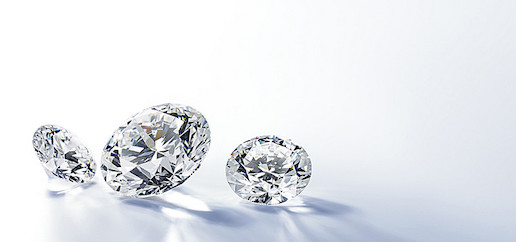

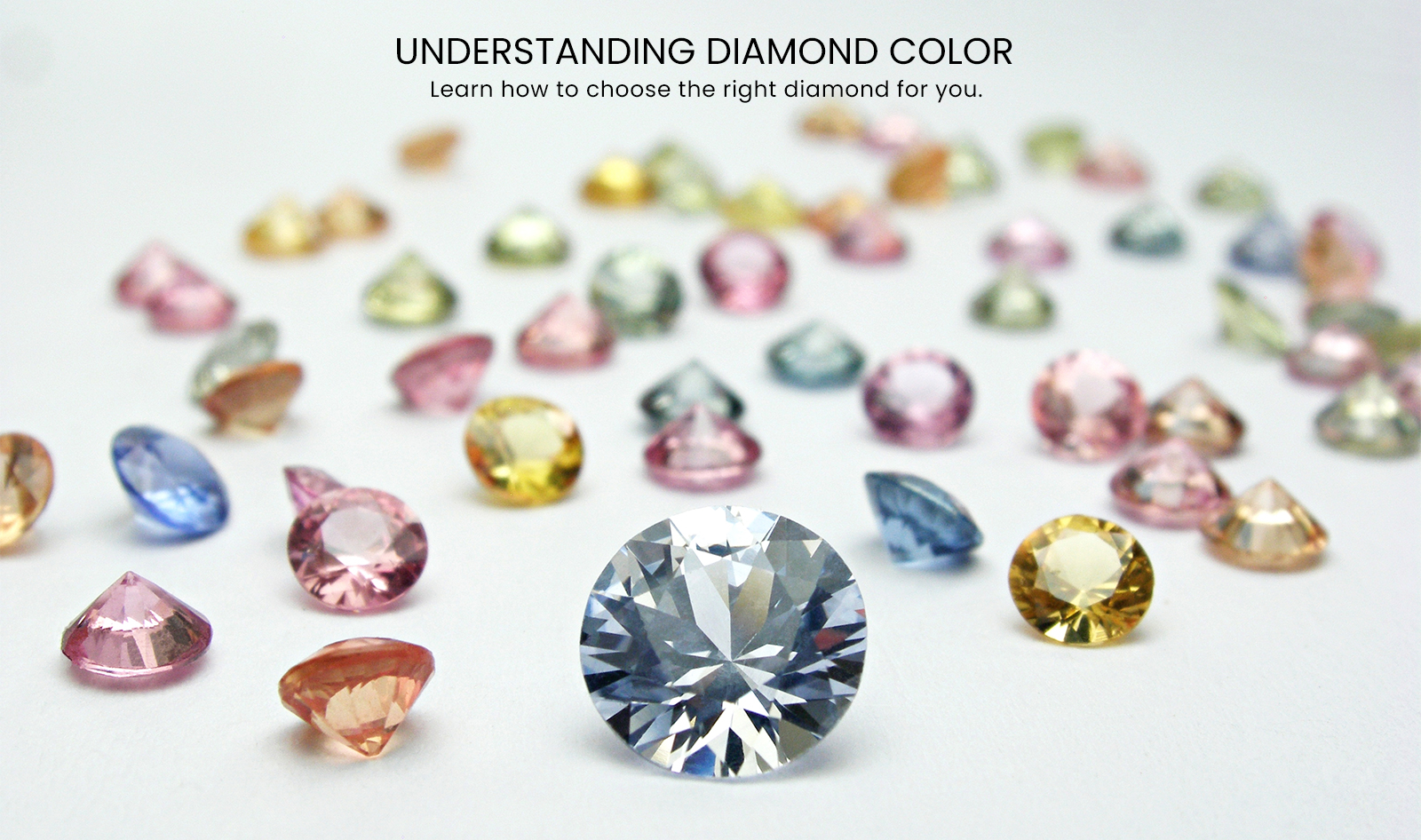
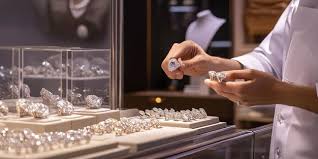
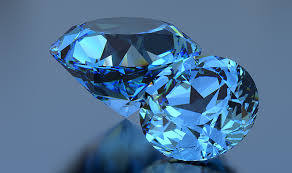
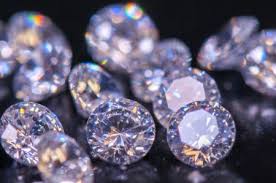
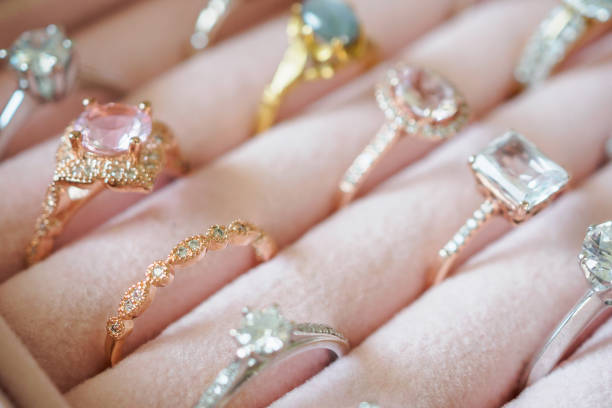


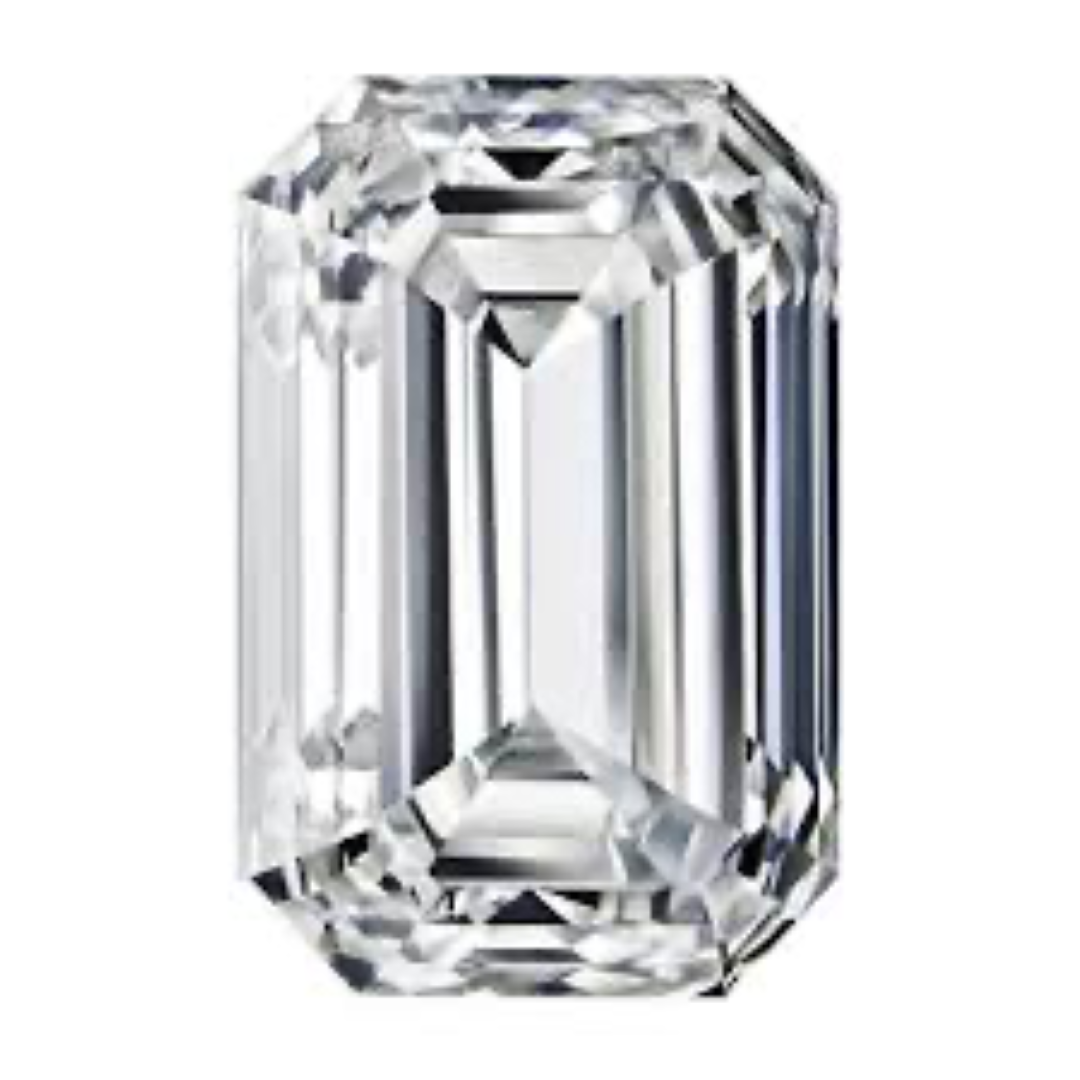
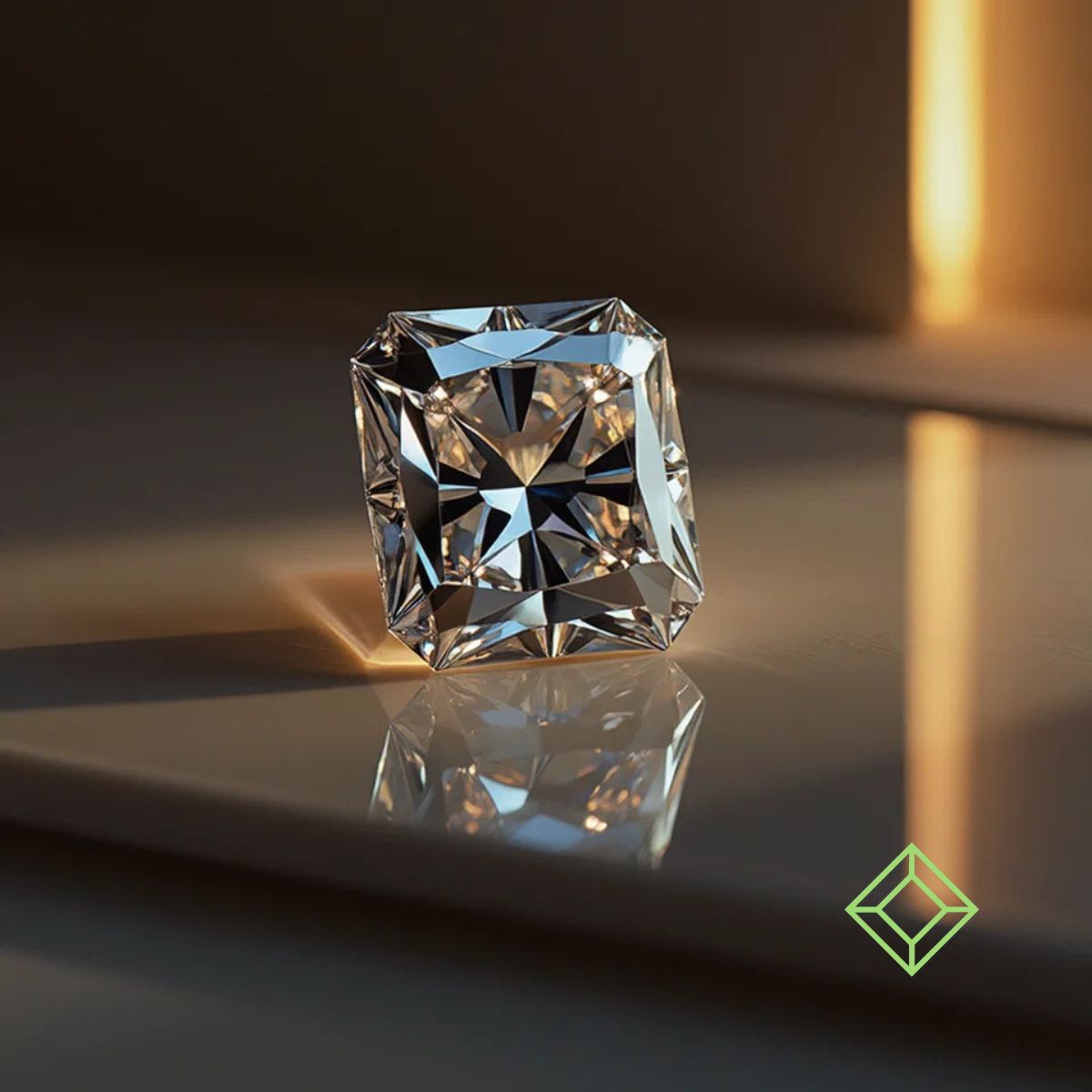
0 Comments
Please login to leave a reply.